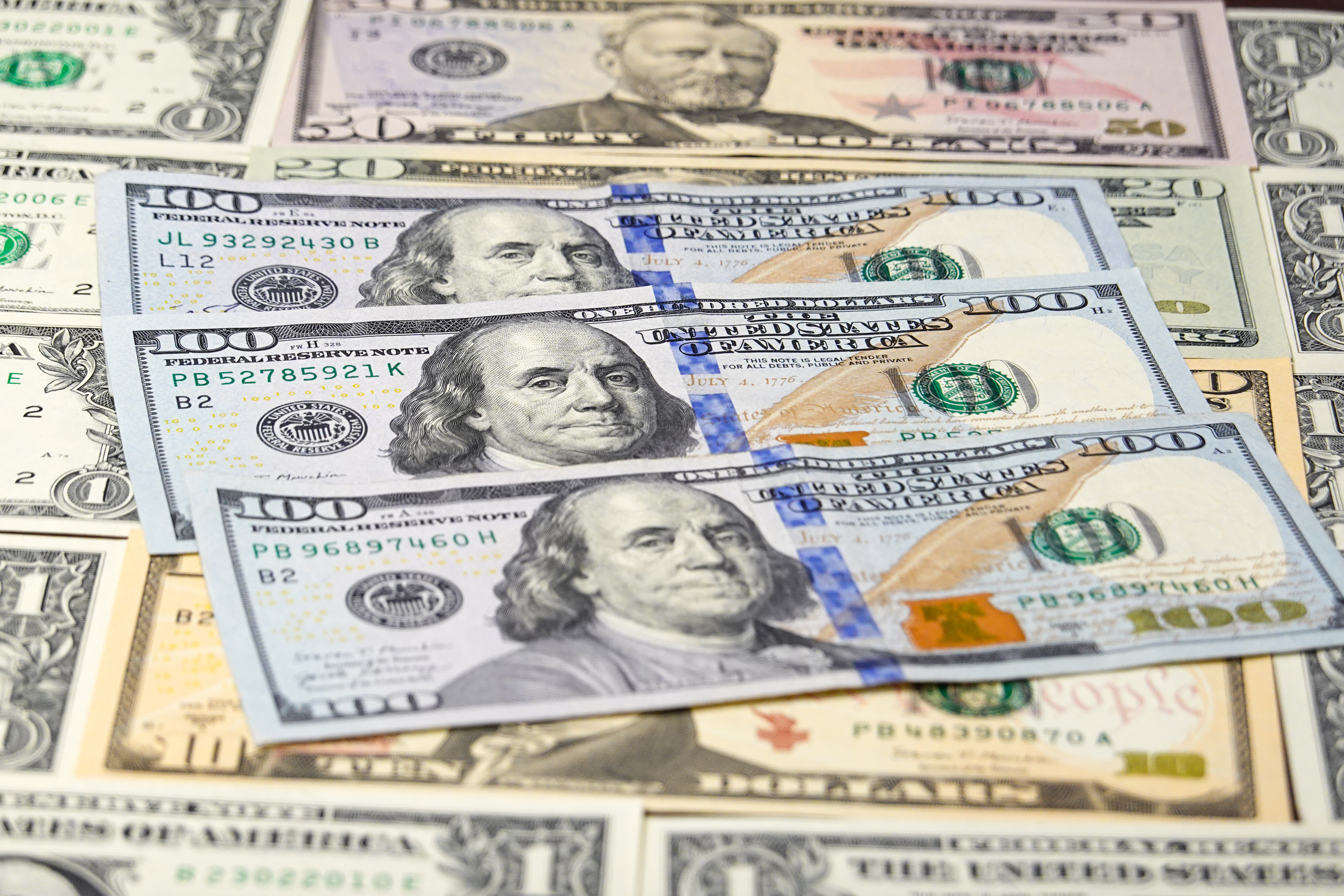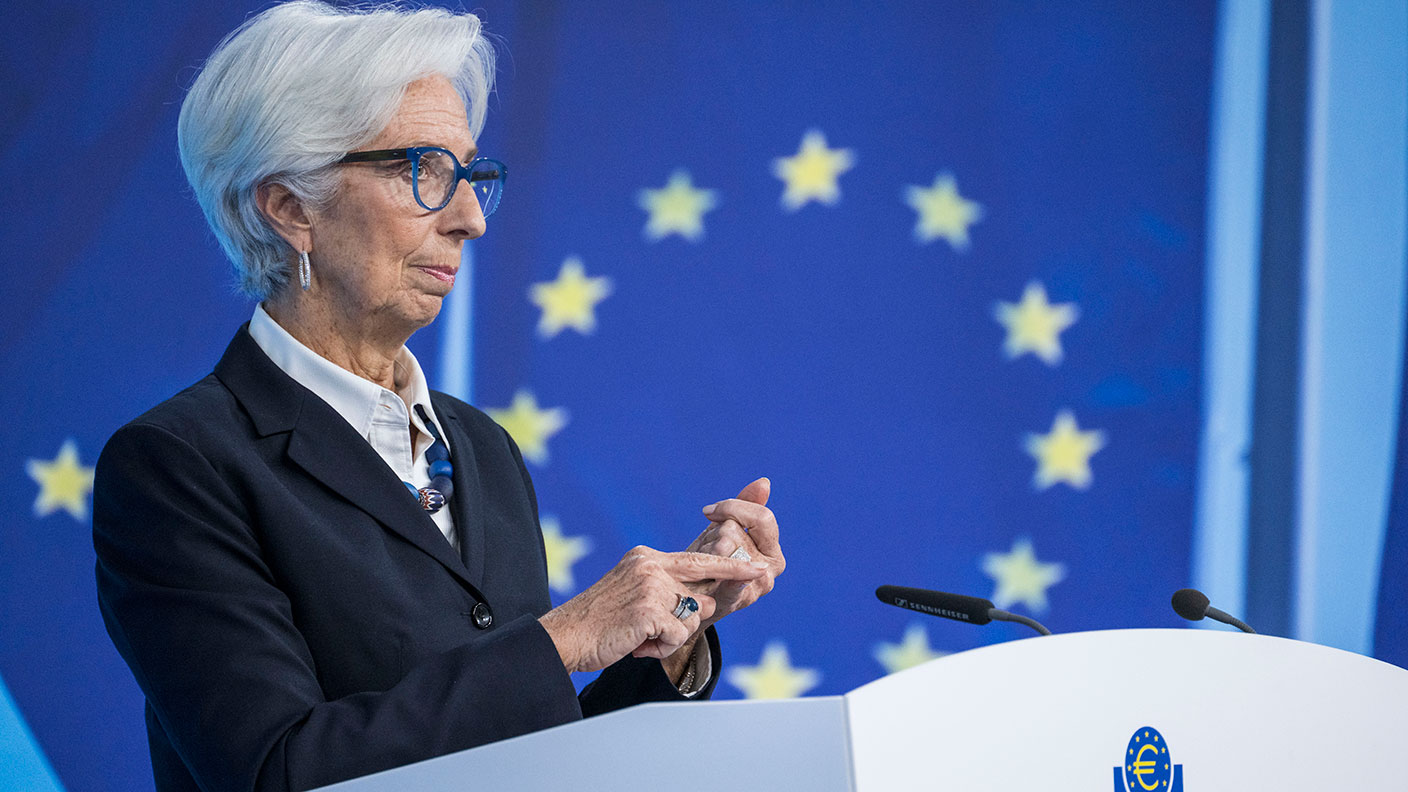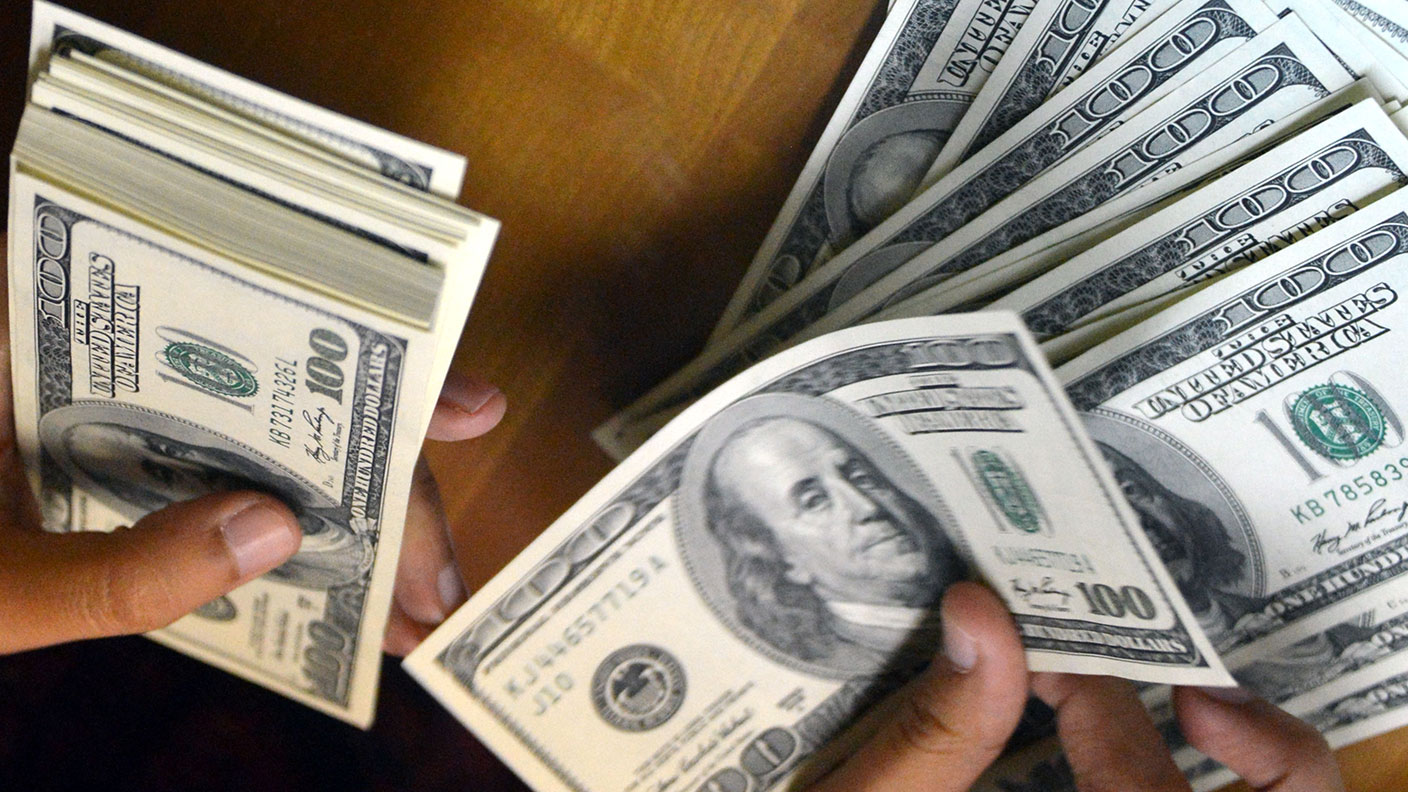Currency Corner: it’s time to sell the US dollar - here’s why
Dominic Frisby's trend-following system is telling him that the US dollar, in the medium-term at least, is a sell. Here's why.


In Wednesday's Money Morning, I rather glibly said "I'm calling a sell" on the US dollar.
I just wanted to expand today on why I made that statement.
The US dollar is, of course, perhaps the single most important price in the world, and so you, dear reader, should not take one commentator's view as gospel.
MoneyWeek
Subscribe to MoneyWeek today and get your first six magazine issues absolutely FREE

Sign up to Money Morning
Don't miss the latest investment and personal finances news, market analysis, plus money-saving tips with our free twice-daily newsletter
Don't miss the latest investment and personal finances news, market analysis, plus money-saving tips with our free twice-daily newsletter
But, with that in mind, let me present my simple reasoning for making that statement.
I did not base that call around Donald Trump's trade policy, or China, or the latest statement from the Federal Reserve Bank, US national debt or any of the other of the multitude of factors that affect a currency's price. I have stripped all such thoughts from my thinking.
Instead, I based that call around a simple trend-following strategy that I have outlined on these pages before.
What the dollar's trend is telling us now
This is a medium- to long-term strategy, and you might often only get one or two signals a year. I stress that in flat markets, it does not work. You get whipsawed out. But if there is a trend, you catch the lion's share of it.
So here is the US dollar index (which measures the US dollar against a basket of major currencies) since 2014.

As well as the price (in black), we have two moving averages. These show the average price of the previous 21 weeks (blue line) and nine weeks (red line), and help define trends. These are exponential moving averages (EMAs), so extra weight is given to more recent weeks (as opposed to "simple moving averages", or SMAs).
When the red line crosses up through the blue line you have your buy signal, and when the red line crosses down through the blue line you have your sell signal. I have marked the buy signals in green and the sell signals in red.
On the left, you can see the beautiful buy signal which came in July 2014. It kept you onboard for the entirety of that trend, long for over a year, and the sell did not come until September 2016. That sell was quickly reversed into another buy.
2015-2016 was a bad period for the system. The US dollar range traded between about 92 and 100 it did not trend and so the system lost money.
But then in April 2017 we got another sell signal which enabled us to ride a lovely trend down through until May 2018 when the next buy came along. So began another trend, which lasted 14 months.
All good things come to an end, however. We look like we are just about to get another sell signal. The US dollar has gone to 95. The 21 and nine-week EMAs are both sloping down, and the nine-week EMA (blue line) is crossing down through the 21-week EMA (red line).
This is as a text-book a sell signal as you will ever see, by this system. It looks like a new trend has just begun and that trend is lower.
Of course, we could get another frustrating period of range-trading such as we had in 2015-2016. Given the conflicting signals that abound in the global economy at the moment, such a scenario would not be unlikely.
But at least you now know why I am calling "sell". That is what my trend-following measures are telling me.
Note that this does not require immediate action this is a medium to long-term system. We could quite easily rally to 96 on the index and still be on a sell signal.
But the medium-term trend, whatever the short-term fluctuations may be, is now down. Until further notice...
Get the latest financial news, insights and expert analysis from our award-winning MoneyWeek team, to help you understand what really matters when it comes to your finances.
Dominic Frisby (“mercurially witty” – the Spectator) is as far as we know the world’s only financial writer and comedian. He is the author of the popular newsletter the Flying Frisby and is MoneyWeek’s main commentator on gold, commodities, currencies and cryptocurrencies. He has also taken several of his shows to the Edinburgh Festival Fringe.
His books are Daylight Robbery - How Tax Changed our Past and Will Shape our Future; Bitcoin: the Future of Money? and Life After the State - Why We Don't Need Government.
Dominic was educated at St Paul's School, Manchester University and the Webber-Douglas Academy Of Dramatic Art.
You can follow him on X @dominicfrisby
-
 Goodwin: A superlative British manufacturer to buy now
Goodwin: A superlative British manufacturer to buy nowVeteran engineering group Goodwin has created a new profit engine. But following its tremendous run, can investors still afford the shares?
-
 Is US stock market exceptionalism over?
Is US stock market exceptionalism over?US stocks trailed the rest of the world in 2025. Is this a sign that a long-overdue shift is underway?
-
 The challenge with currency hedging
The challenge with currency hedgingA weaker dollar will make currency hedges more appealing, but volatile rates may complicate the results
-
 It's time to back the yen, says Dominic Frisby
It's time to back the yen, says Dominic FrisbyThe Japanese yen has been weak for a long time, says Dominic Frisby. That may soon change.
-
 Why a strong dollar hurts – and what you can do about it
Why a strong dollar hurts – and what you can do about itAnalysis The US dollar is at its strongest level in 20 years. That’s bad news for most investment assets, says John Stepek – here’s why
-
 Could a stronger euro bring relief to global markets?
Could a stronger euro bring relief to global markets?Analysis The European Central Bank is set to end its negative interest rate policy. That should bring some relief to markets, says John Stepek. Here’s why.
-
 HubSpot: a tech stock set to tumble
HubSpot: a tech stock set to tumbleTips US tech stocks have had a fantastic couple of years. But this year is unlikely to be so bullish for high-fliers that can’t turn big profits.
-
 What does the future hold for central bank digital currencies?
What does the future hold for central bank digital currencies?Briefings Many of the world's central banks – including the Bank of England – have expressed an interest in creating their own digital currencies. Shivani Khandekar looks at the state of play in central bank digital currencies.
-
 Will the market crash again? Watch the US dollar for clues
Will the market crash again? Watch the US dollar for cluesOpinion One of the biggest driving factors behind the market’s recent big sell-off was the bounce in the US dollar. John Stepek explains why the price of the dollar matters so much, and why investors should keep a keen eye on it.
-
 The US dollar’s days as the world's most important currency are numbered – it’s official
The US dollar’s days as the world's most important currency are numbered – it’s officialFeatures Central bankers reckon the dollar's days as the world’s reserve currency are numbered. But what could replace it? John Stepek takes a look at Bank of England governor Mark Carney's cunning plan.
